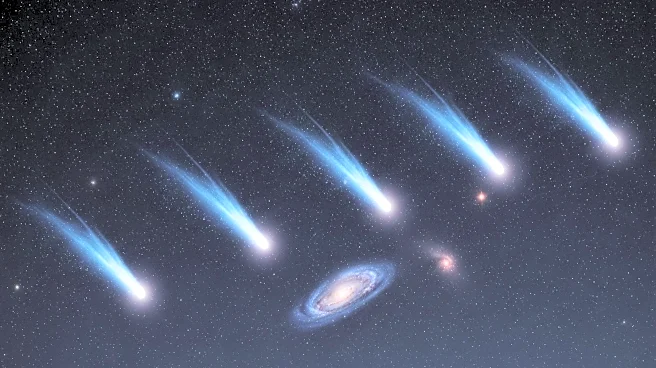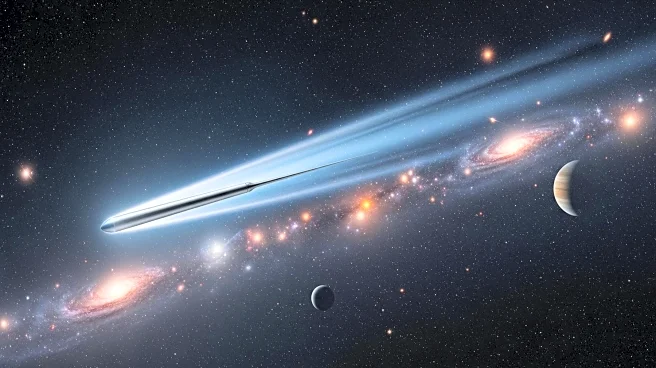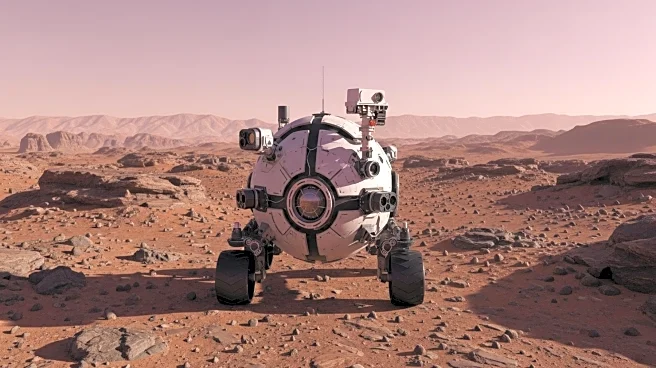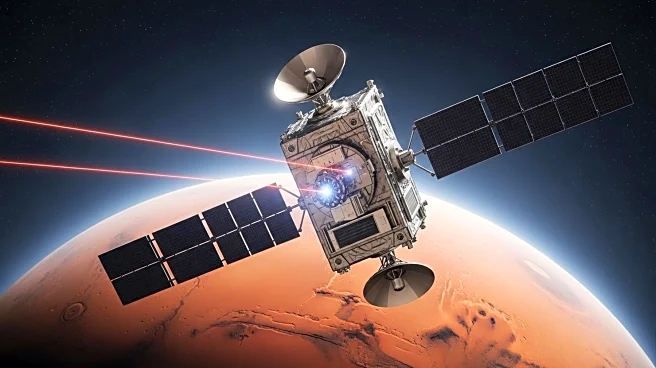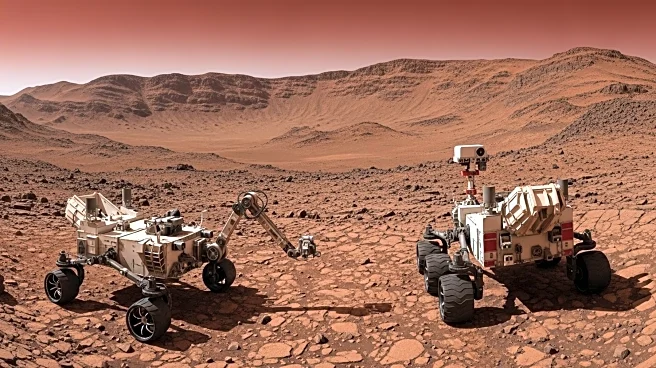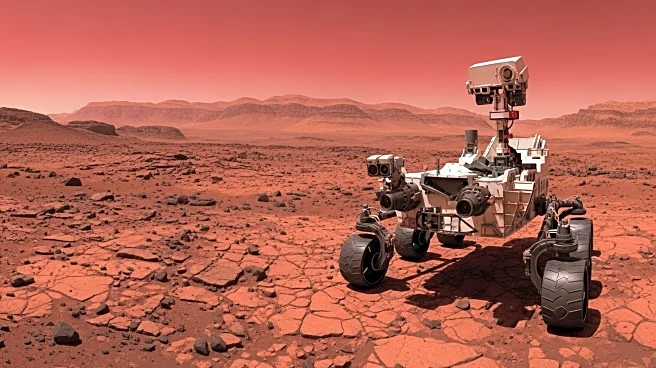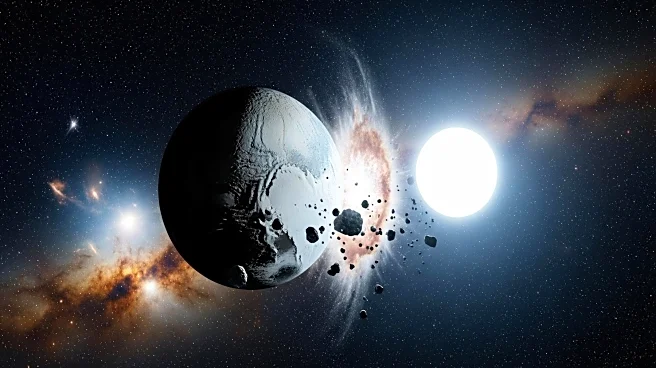What's Happening?
Currently, four comets are visible in the night sky, with three appearing in the evening and one in the morning. Among these, the interstellar comet 3I/ATLAS remains faint and will continue to do so as it approaches the orbit of Mars during its perihelion. Comet C/2025 R1 (SWAN) is currently putting on a notable display, while C/2025 A6 (Lemmon) is expected to brighten significantly after its perihelion. Comet C/2025 R2 (SWAN) has been captured with its distinctive blue-green glow by Team Ciel Austral and featured on NASA's Astronomy Picture of the Day (APOD). Observers can anticipate meteor showers around October 5, when Earth will intersect the comet's orbital plane.
Why It's Important?
The visibility of these comets provides a unique opportunity for astronomers and enthusiasts to observe celestial phenomena that are not frequently visible. Such events can enhance public interest in astronomy and science, potentially inspiring educational initiatives and increasing awareness about space exploration. The meteor showers associated with these comets offer additional opportunities for observation and study, contributing to our understanding of cometary behavior and their interactions with Earth's atmosphere.
What's Next?
As the comets continue their journey, astronomers will monitor their brightness and trajectory, providing updates and potentially new insights into their composition and behavior. The upcoming meteor showers may attract public attention and media coverage, encouraging more people to engage with astronomy. Observatories and space agencies may use this opportunity to conduct further research and gather data that could inform future space missions.
Beyond the Headlines
The presence of multiple comets simultaneously is a rare occurrence that underscores the dynamic nature of our solar system. It highlights the importance of continued investment in space observation technologies and international collaboration in space research. These events can also serve as a reminder of the vastness of space and the ongoing need to explore and understand our cosmic environment.

